In the confusion that ensued last spring when the COVID-19 pandemic sent DePauw’s students packing, some of Meredith Brickell’s ceramics students forgot to take home the materials and tools they’d need to complete their class.
So she improvised, assigning them a “found object” project in which they were asked to identify porcelain or ceramic objects in their homes. The toilet, for example.
“That was tough, but we got through that,” she said.
Her fall “Ceramics: The Body” class presented a different sort of challenge. Seven of her 13 students would be studying remotely, though all in the United States. And, over the course of the term, two commuters decided to study from home. Another student went into quarantine.
No problem. Brickell, associate professor of art and art history and chair of the department, had shipped a kit of materials to the remote learners and provided the same kit to those who came to the studio in the Richard E. Peeler Art Center.
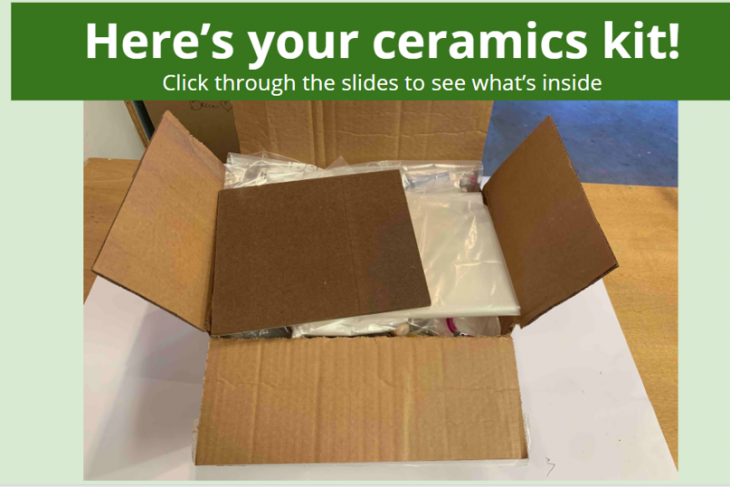
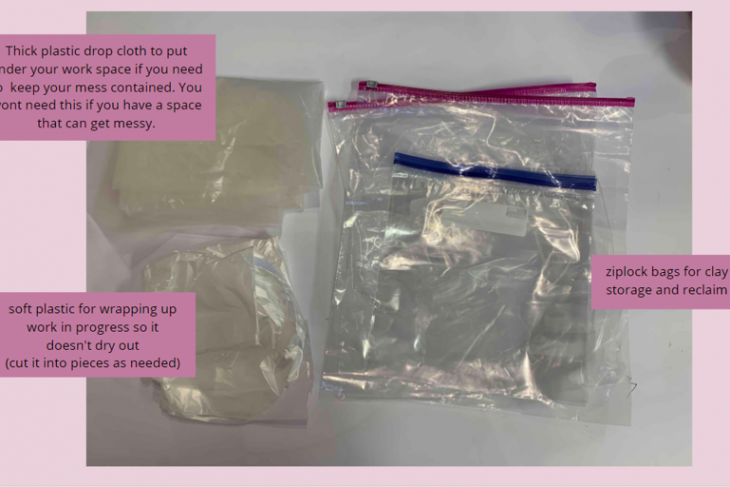
“The tools and materials had to be mobile and students had to have things in their kit to be able to work on their bedroom floor, on the dorm room bed, maybe they’re lucky enough to have a basement in their house or something like that,” she said. “Some of them are working on the dining room table or wherever. So I mailed them things like plastic sheeting to put down on their work surface so it’s easy for them to pick things up. If they’re working on the kitchen table, their family can have dinner there later that night.”
She even included notes so the students – even those who had never taken a ceramics class before – would understand what to do with each item.
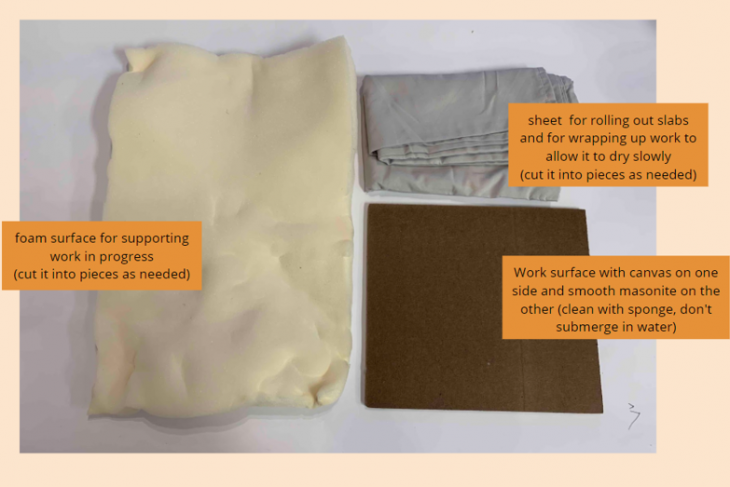
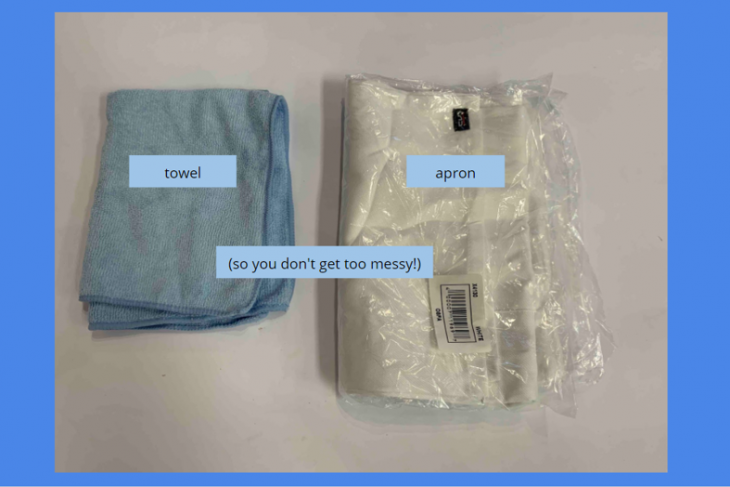
What was less obvious – though not unspoken, since Brickell frequently exhorts her students about this – is the lesson that “you should be able to make art no matter where you are, under whatever circumstances,” she said. “That’s something I’ve always believed and that I’ve practiced to some extent. If someone drops you off in a field and you’ve got your rubber boots and that’s it, you should be able to find a way to make art there.”
It’s a lesson Brickell has learned by experience. In the House Life Project, which she founded and operated in the St. Clair neighborhood of Indianapolis, she and collaborators created more than 100 porcelain cups, sculpting on the front porch of an abandoned house and inviting neighbors to participate. Years ago, before she came to DePauw, she operated outreach programs and taught kids to make ceramics in a carpeted meeting room that they’d clean up “like we hadn’t been there so they could have their neighborhood meeting there that night.” And as an artist in residence in Maine, she made art in an old chicken barn.
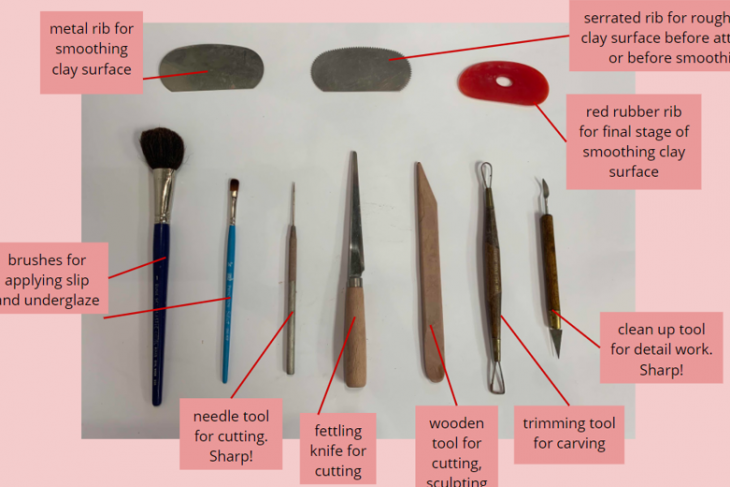
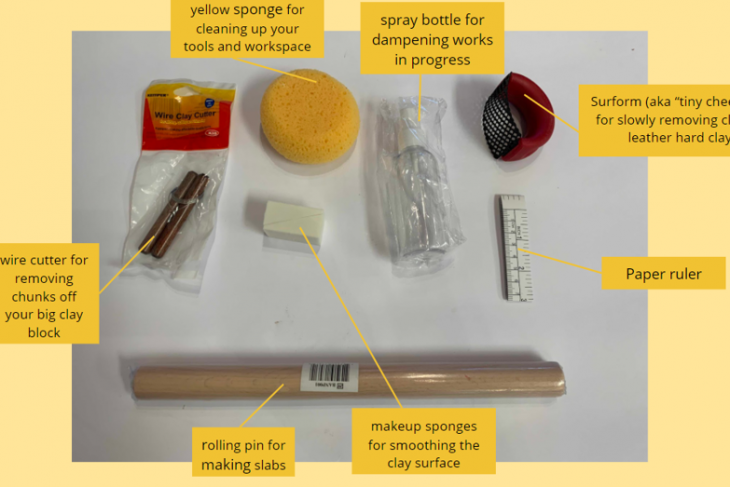
“I think that adaptability muscle really kicked in and I was like, all right, how do we do this?” she said. So her message to her students is “yes, you can work with ceramics in your parents’ house on your living room floor or the couch. You can. It’s going to be challenging.
“I think that adaptability is critical for all artists in all times and really useful in a pandemic. You know, a lot of our students are going to leave DePauw and they still want to make artwork and they’re not going to have Peeler around the corner. So I think there are some good lessons learned there.”
For the fall term, her students have undertaken sculptures of a head and of their own foot. Their third project, a performance piece in which students were asked to use their bodies as tools, was designed by teaching assistant Gracie White ’20, whose Efroymson Bridge-Year Fellowship enabled her to continue her art studies at Peeler for a year after graduation.
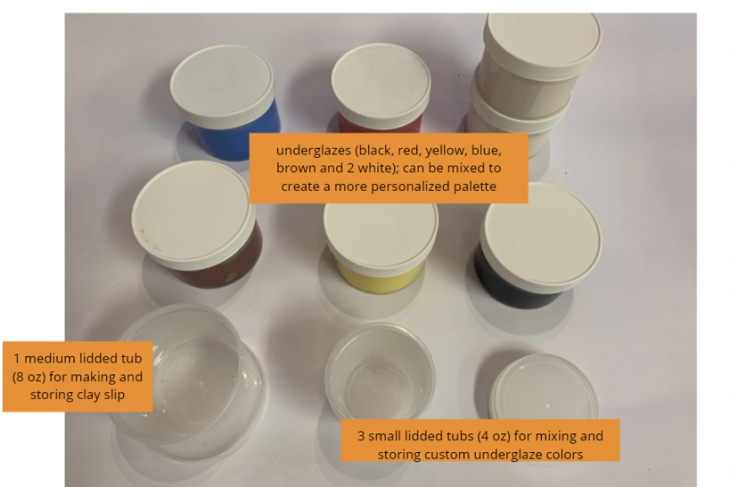
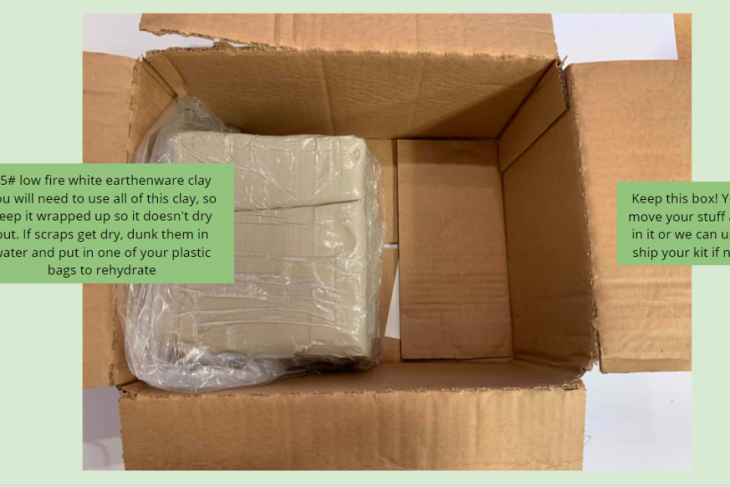
Most students submitted videos of their work. One demonstrated the effects of anxiety by tearing apart a head she had sculpted. Another constructed a phallus from clay and, to show her disdain for sexual harassment, stomped on it with a high heel. A third demonstrated the writing process by gradually growing a ball of clay, only to start from a miniscule one when he began a rewrite.
“In this moment of high stress and anxiety coming from all different directions, I felt like they were willing to take some risks with this project, which is maybe a lot to ask of people right now,” Brickell said. “The fact that they were able to act so creatively was impressive to me. …
“Artists can get really hung up on having the perfect studio. I think it’s nice, but I actually think if you get too hung up on that then you only make work in that environment and maybe that limits the work that you could make.”
Browse other stories
-
Athletics
-
Football - DePauw Earns Bye in NCAA Division III Football Championship
-
Women's Cross Country - Tigers Claim Program’s First Division III Great Lakes Regional Title
-
Men's Cross Country - DePauw Finishes Ninth at the Division III Great Lakes Regional Championships
More Athletics
-
-
News
-
DePauw claims 130th Monon Bell Classic in celebration of rivalry and tradition
-
DePauw and Wabash to meet for 130th time
-
Growing Green and Gold Together Hosts Kickoff Event
More News
-
-
People & Profiles
-
11 alums make list of influential Hoosiers
-
DePauw welcomes Dr. Manal Shalaby as Fulbright Scholar-in-Residence
-
DePauw Names New Vice President for Communications and Strategy and Chief of Staff
More People & Profiles
-
-
Have a story idea?
Whether we are writing about the intellectual challenge of our classrooms, a campus life that builds leadership, incredible faculty achievements or the seemingly endless stories of alumni success, we think DePauw has some fun stories to tell.
-
Communications & Marketing
101 E. Seminary St.
Greencastle, IN, 46135-0037
communicate@depauw.eduNews and Media
-
News media: For help with a story, contact:
Bob Weaver, Senior Director of Communications.
bobweaver@depauw.edu.